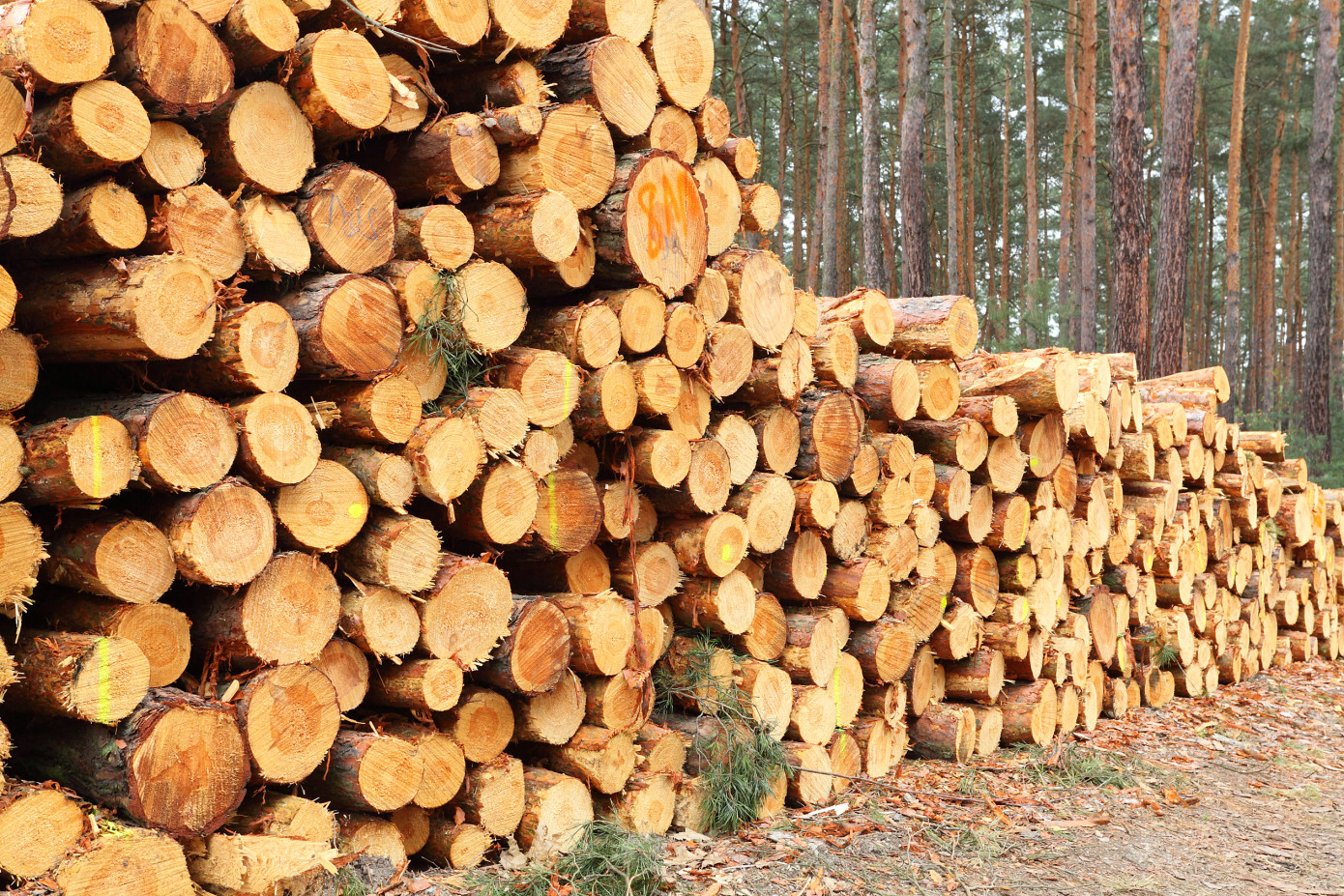President Donald Trump signed an executive order on March 1, 2025, directing federal agencies to accelerate domestic timber production and reduce reliance on imported lumber. The order mandates that the Department of the Interior and the Department of Agriculture set annual timber sale targets for the next four years and submit a detailed plan within 90 days. It also requires agencies to streamline regulatory hurdles, shorten permitting timelines, and adopt categorical exclusions to speed up forestry projects.
The directive highlights timber’s essential role in construction, energy production, and economic security. Trump’s order argues that restrictive federal policies have stifled domestic timber supply, increased costs for construction and energy, and forced the U.S. to depend on foreign imports. The administration asserts that lifting these restrictions will create jobs, mitigate wildfire risks, and improve self-sufficiency.
Under the order, the Interior and Agriculture departments have 30 days to update their guidance on tools that promote increased timber production, including the Good Neighbor Authority, stewardship contracting, and agreements with tribal governments under the Tribal Forest Protection Act. Additionally, within 60 days, the U.S. Fish and Wildlife Service and the National Marine Fisheries Service must finalize a strategy to accelerate forest management projects under the Endangered Species Act (ESA). The order also instructs the Secretary of the Interior to examine whether existing ESA consultation requirements can be delegated to other agencies to expedite approvals.
Within 120 days, agencies must complete the Whitebark Pine Rangewide Programmatic Consultation under the ESA. Within 180 days, federal agencies are directed to consider adopting categorical exclusions established by other agencies to streamline environmental review processes for timber production and wildfire risk reduction. Further, within 280 days, the Secretary of the Interior is ordered to establish a new categorical exclusion for timber thinning and reinstate a categorical exclusion for timber salvage operations.
The order also calls for a comprehensive review of existing policies that may slow timber production. It directs all relevant agencies to identify and eliminate unnecessary permitting delays and to revise or rescind regulations, guidance documents, or settlements that impose undue burdens on the industry. Additionally, the Endangered Species Committee is instructed to fast-track exemption applications, coordinate interagency consultations, and provide recommendations to remove regulatory barriers to timber production.
Alongside this directive, Trump also issued a second executive order launching a national security investigation into the impact of timber and lumber imports. The order directs the Secretary of Commerce to assess whether foreign-subsidized wood products are harming U.S. economic and defense interests. The investigation, authorized under Section 232 of the Trade Expansion Act of 1962, will determine whether import restrictions, such as tariffs or quotas, are necessary to protect the domestic industry.
The administration argues that the U.S. has sufficient timber resources to meet 95% of its softwood lumber demand, yet remains a net importer. The order cites vulnerabilities in supply chains and warns that foreign competition threatens both military and civilian construction industries. The Department of Commerce is required to deliver a report within 270 days evaluating the national security risks of imported wood products and recommending potential trade restrictions or domestic investment measures to strengthen the sector.
Trump’s executive action underscores a broader effort to boost American self-reliance in key industries. The administration contends that an increase in domestic timber supply will reduce construction costs, lower wildfire risks through active forest management, and strengthen the country’s economic security. The order specifies that all actions must comply with existing laws and be executed within the federal budget.
